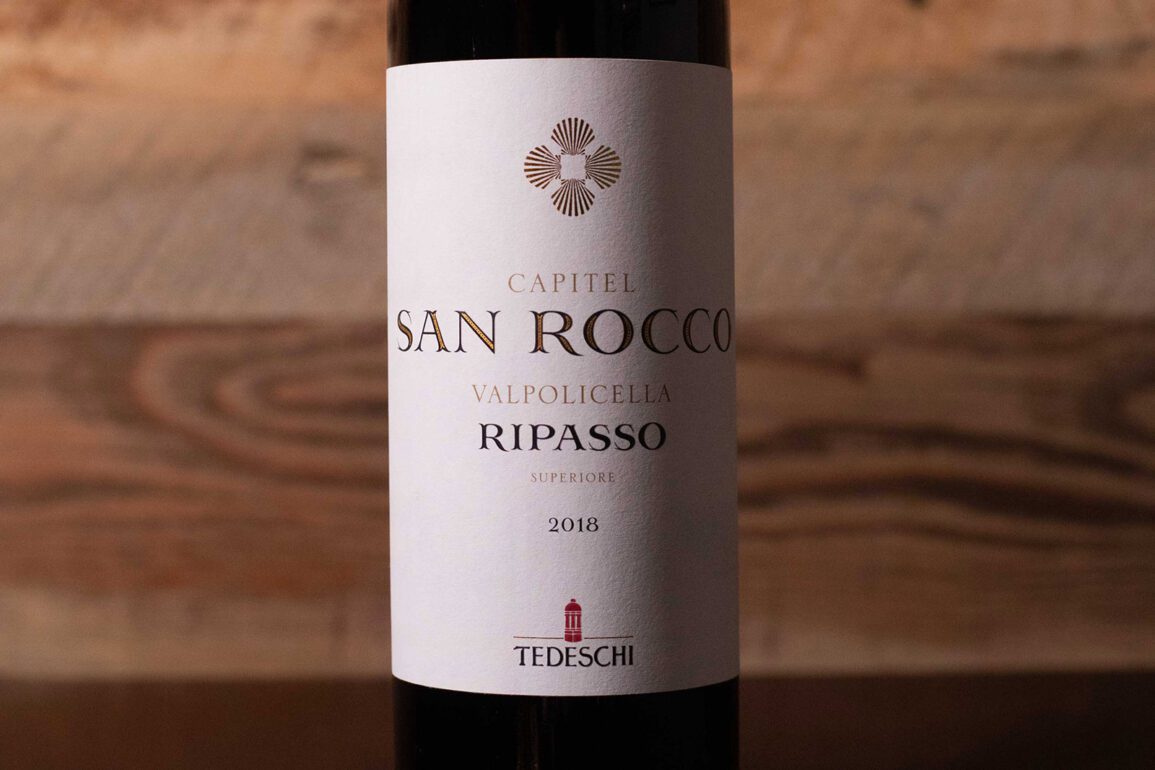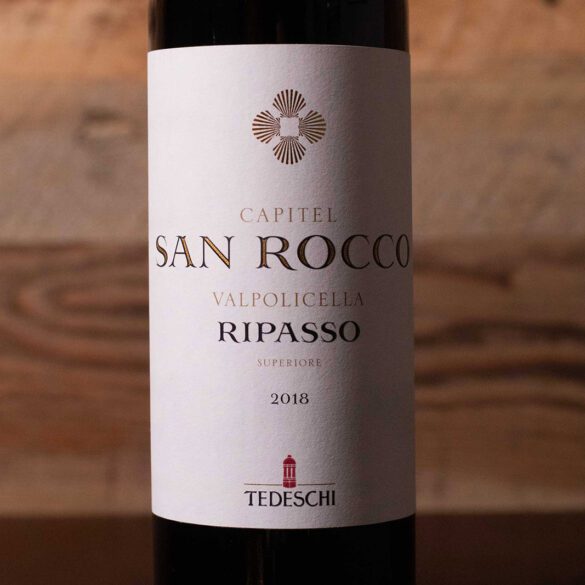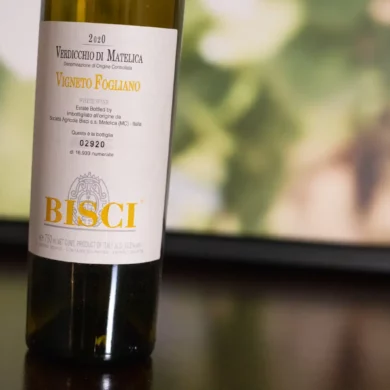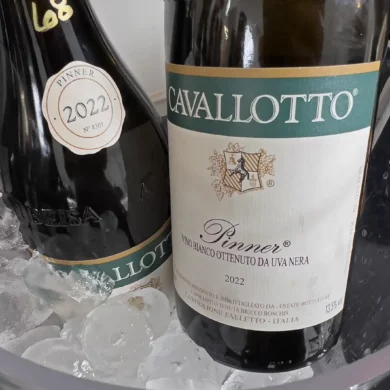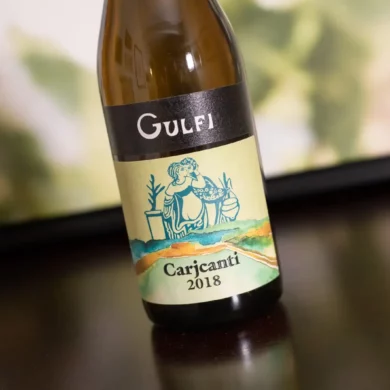When it comes to conversations about Valpolicella — a band of foothills to the east of Lake Garda, Italy — terroir often takes a backseat to the techniques used in making the area’s wines. How could it be any other way? Amarone, with its inky black color, bitter cocoa flavors and flexed muscles, is a dry wine made from dried grapes, and it has rightly hogged the spotlight for decades now. A tricky and complicated process to master, with numerous variables at play, Amarone della Valpolicella underscores that not every wine has to be about terroir. But while it might command respect, it is not always the right wine for the occasion. It’s power, potency and — let’s be honest — ferocity make it a one-and-done glass of wine on many nights. And Valpolicella, the basic red wine blend of the area, while playful and luscious, is so far in the other direction of light and refreshing, that the area needed a middle ground.
[Minerality] might not be something we look for in Amarone, but why not in Ripasso?
Enter Valpolicella Ripasso, which was pioneered in the 1980s. The process for making Ripasso is a clever one. A blended dry red wine is passed through the dried grape pomace of Amarone (and sometimes Recioto, the ancient sweet wine cousin to Amarone) to extract some of those heavier, headier tones, and to beef up the wine’s structure. A good Ripasso should have depth and intrigue, but not be thick, heavy or alcoholic. It also needs a judicious seasoning from oak. (Emphasis on judicious).
I recently had the pleasure of tasting several wines from Valpolicella producer Tedeschi, and I found that the Ripasso was the standout for these very reasons. The aromas enticed with lighter-than-expected red fruits, and a delicate spice that reminded me of whole-cluster Syrah. But it was the minerality on the palate that intrigued me most, and something I’d like to see from more Valpolicella wines. That band of foothills I referenced a moment ago? Its comprised of limestone and glacial deposits in complicated, varying layers that ought to reveal some traits of terroir from one to the next. That might not be something we look for in Amarone, but why not in Ripasso?
“Capitel San Rocco’s” grapes come from Tedeschi’s Maternigo estate in the far east sector of Valpolicella informally known as Valpolicella Orientale. With the exception of Dal Forno Romano, these valleys and their wineries are often overlooked because they do not have an official subzone within Valpolicella. Yet clearly, the potential is high.
Another aspect of Tedeschi that I appreciate is its extensive commitment to cleaner, more environmentally friendly operations. Rather than just talk about being sustainable, they went the extra step of gaining a third-party Biodiversity Friend and an Equalitas certification. The former monitors life forms present in and around the vineyard (including in the water table) while the latter also encompasses how employees are cared-for by the company.
They are also making strides to source lighter-weight bottles, which — if you’ve ever hefted an Amarone off the shelf — you’ll know is not common place (yet) in Valpolicella.
When I talked with Sabrina Tedeschi, the company’s Export and Marketing Manager, she noted that the supply chain has made sourcing glass bottles a bit of a find-what-you-can-get scenario, unfortunately. But she also noted, optimistically, that “today the knowledgeable consumer knows that a good wine is not necessarily in a heavy bottle.”
I’ll have more on bottle weight coming in a future column, because it is long overdue to see such a change in mindset from consumers. Glass may be the perfect vessel for aging wines, but it has a huge carbon footprint from its production to its weight (i.e. more fuel required to transport heavier bottles). The more we insist on buying impressive, leaden bottles to stuff on our wine racks, the more complicit we are in the climate change problem.
2018 Tedeschi “Capitel San Rocco” Valpolicella Ripasso Superiore
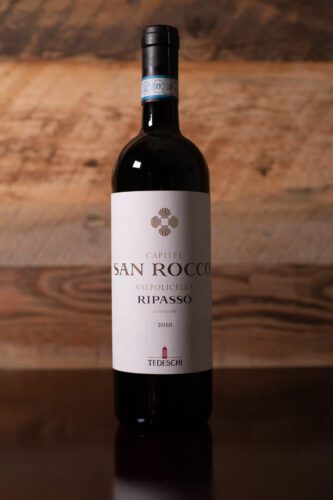 Valpolicella Ripasso DOC (Veneto )
Valpolicella Ripasso DOC (Veneto )
Grapes: Corvina (35%), Corvinone (35%), Rondinella (20%), Rossignola, Oseleta, Negrara, Dindarella (10%)
Alcohol: 14.5%
Opinion: ★★★★ 1/2 (out of five)
Food-friendliness: Selective
Value: As expected
A beginner might like … familiarizing themselves with the story of Ripasso, then seeing it in action but done gracefully. This is a fine example of how to get the best of the process without overtaxing the wine.
A wine obsessive might like … exploring the minerality sensation in a Valpolicella Ripasso. Again, the conditions and the soil is there for such a trait, but it is often overwhelmed from extraction, tannin or alcohol. Not here.
Note: This wine was provided as a sample by the winery. Learn more about our editorial process.
